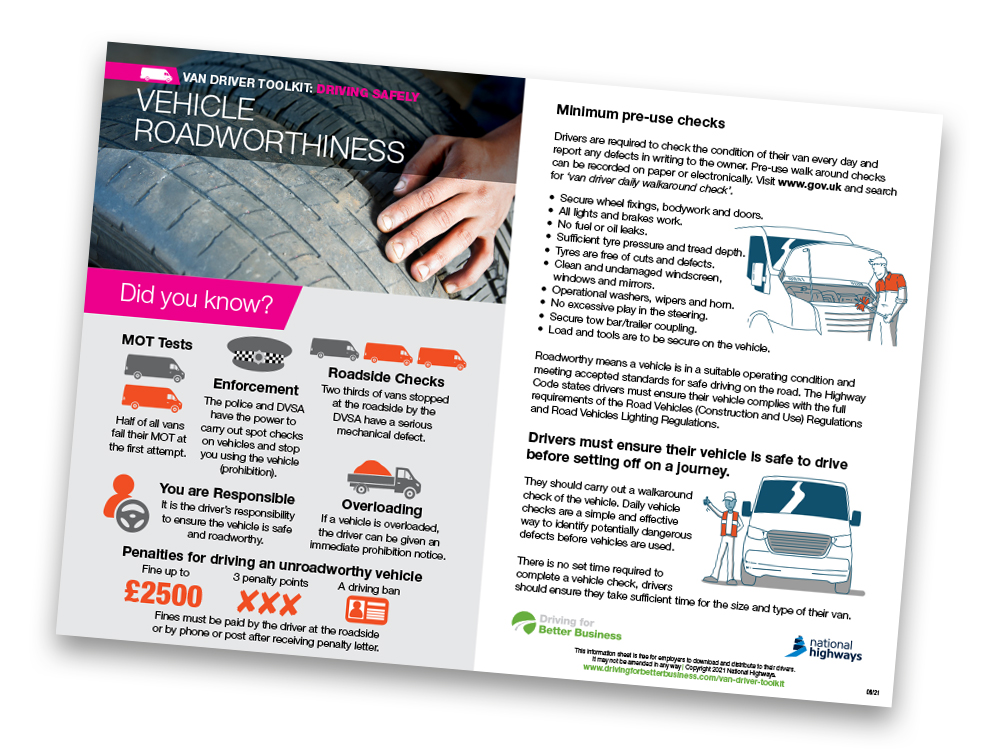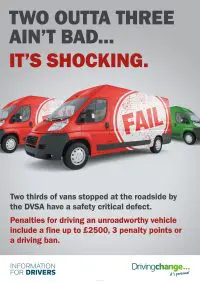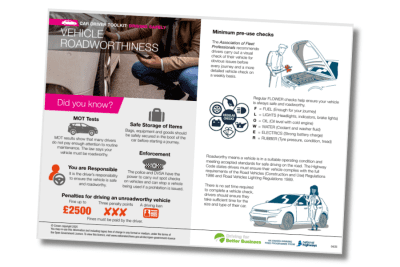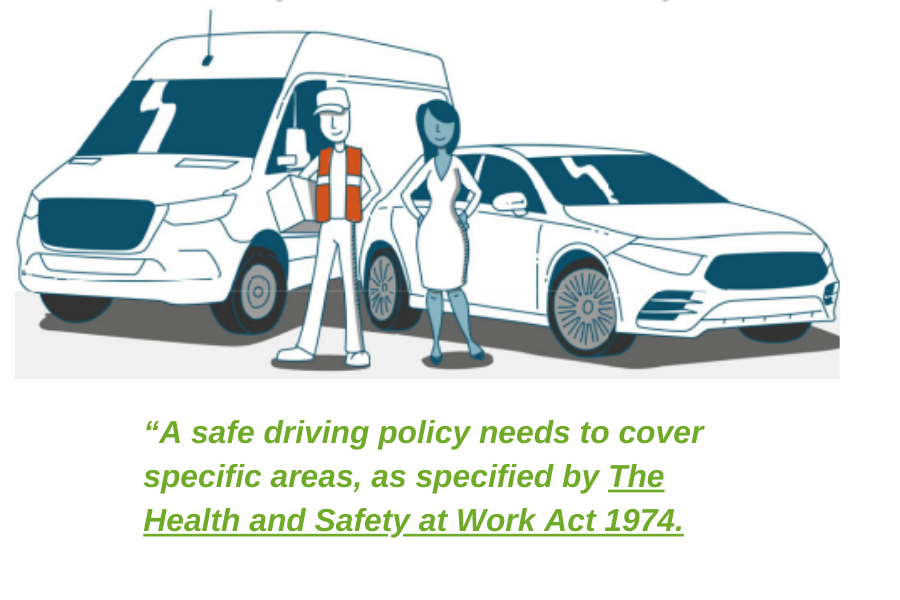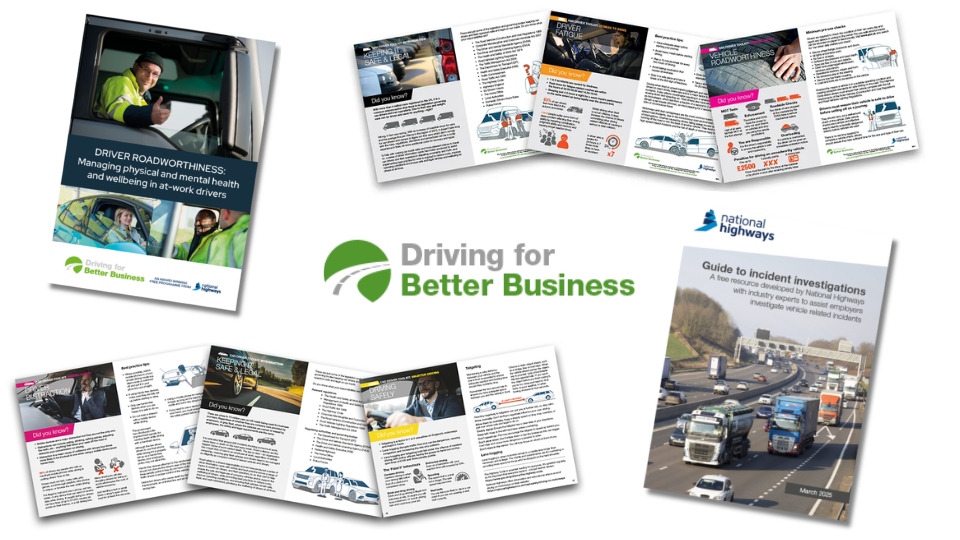Vehicle Roadworthiness
October 2025
Driver Managers – improve your understanding
Our monthly fleet focus delves deeper into some of the key road safety topics to improve your understanding, with free resources for you to share with your drivers.
Each month’s topic sits in a library so, as the library grows each month, you can access a bank of resources at any time to help you improve driver safety in your organisation.
Vehicle Roadworthiness – does everyone understand their responsibilities?
The legislation on vehicle roadworthiness is very clear – your vehicle must be safe and roadworthy at all times.
But it’s not just about the law – it’s a critical element of your organisation’s commitment to health and safety.
It’s also important to know that the law applies to both the driver and the operator. In other words, the employee (the driver) and the employer (the operator) have joint responsibility for vehicle roadworthiness.
There are many vehicles on our roads that are simply not roadworthy. Almost 30% of vans fail an MOT on first inspection – on lights, tyres, suspensions or brakes.
So – if these essential areas are not given a cursory check before an MOT, are they being checked at all?
The foundation of any good vehicle roadworthiness policy is to ensure drivers are carrying out competent pre-use checks, and reporting any issues, which you are then recording, ideally digitally, so there is an audit trail.
By making roadworthiness a priority we’re not just avoiding fines. We’re protecting our drivers and everyone else on the road.
Your Legal Update: Vehicle Roadworthiness
As managers of those who drive for work, we should take steps to ensure our drivers are safe when driving. That includes checking the vehicle is in a safe and roadworthy condition of course.
By law, employers must:
- assess the risks to anyone who might be affected by their work activity
- take appropriate preventive and protective steps to control these risks
The Heath and Safety Executive recommend not only practical considerations for employers on how their drivers should be competent and capable of doing their work in a way that is safe for them and others, but vehicles should be:
- fit for the purpose for which they are used
- maintained in a safe condition and fit for the road
Driver Resources – Vehicle Roadworthiness
Ensure your Drivers get the message
Download a zip file with additional resources to share with your drivers including:
- An article on vehicle checks and vehicle roadworthiness.
- Short messages on roadworthiness for sharing through PDAs
- Roadworthiness poster for your notice boards
- 10-min pre-recorded toolbox talk video
- Van Driver Toolkit and Car Driver Toolkit PDF factsheets



